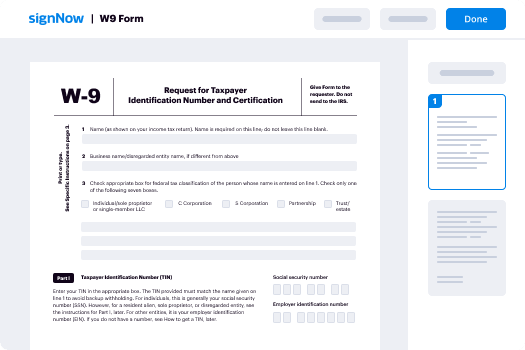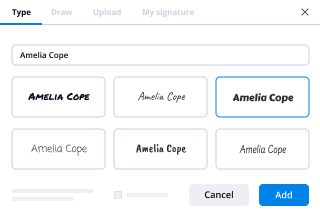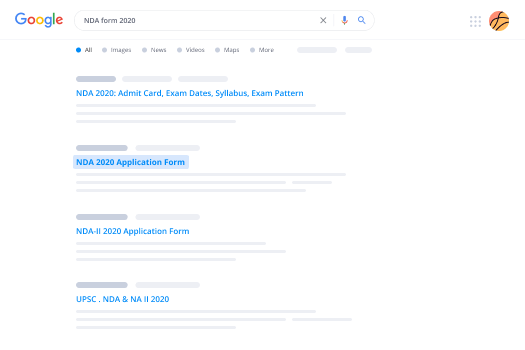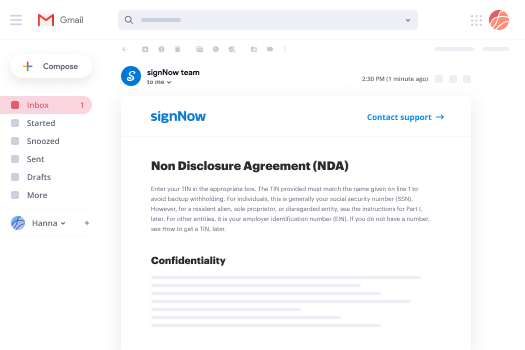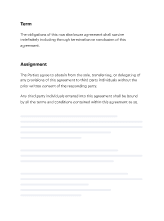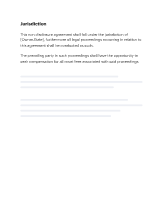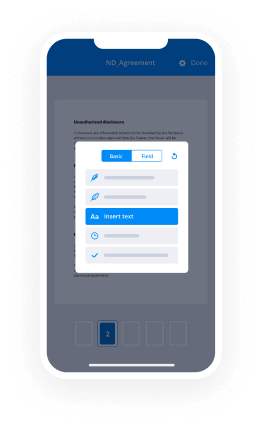File No.
FELONY JUDGMENT
FINDINGS OF AGGRAVATING
AND MITIGATING FACTORS
(STRUCTURED SENTENCING)
G.S. 15A-1340.16
Name Of Defendant Offense STATE VERSUS
In The General Court Of Justice
District Superior Court Division
Material opposite unmarked squares is to be disregarded as surplusage. (Over)
1. The Defendant: a. induced others to participate in the commission of the offense. b. occupied a position of leadership or dominance of other participants in the commission of the offense.
2. The defendant joined with more than one other person in committing the offense and was not charged with committing a conspiracy.
2a. The offense was committed for the bene�t of, or at the direction of, any (check one) (offenses committed Dec. 1, 1997 - Nov. 30, 2017) criminal street gang, (offenses committed on or after Dec. 1, 2017) criminal gang as de�ned by G.S. 14-50.16A(1), with the speci�c intent to promote, further, or assist in any
criminal conduct by gang members, and the defendant was not charged with committing a conspiracy.
3. The offense was committed for the purpose of: a. avoiding or preventing a lawful arrest. b. effecting an escape from custody.
4. The defendant was: a. hired to commit the offense. b. paid to commit the offense.
5. The offense was committed to: a. disrupt b. hinder the lawful exercise of a governmental function or the enforcement of laws.
6. The offense was committed against or proximately caused serious injury to a present or former law enforcement of�cer, employee of the Division of Adult Correction and Juvenile Justice, jailer, �reman, emergency medical technician, ambulance attendant, social worker, justice or judge, clerk or assistant or deputy clerk of court, magistrate, prosecutor, juror, or witness against the defendant, while engaged in the performance of that person’s of�cial duties or because of the exercise of that person’s of�cial duties.
6a. The offense was committed against or proximately caused serious harm as de�ned in G.S. 14-163.1 or death to a law enforcement agency animal, an assistance animal, or a search and rescue animal (Applies to offenses committed on or after December 1, 2009.) as de�ned in G.S. 14-163.1, while
engaged in the performance of the animal’s of�cial duties.
7. The offense was especially heinous, atrocious or cruel.
8. The defendant knowingly created a great risk of death to more than one person by means of a weapon or device which would normally be hazardous to the lives of more than one person.
9. (select appropriate option depending on date of offense) a. (use for offenses committed prior to December 1, 2012) The defendant held public office at the time of the offense and the offense related to the
conduct of the office.
b. (use for offenses committed on or after December 1, 2012) The defendant held public elected or appointed office or public employment at the time
of the offense and the offense directly related to the conduct of the office or employment. ( NOTE: The court must notify the State Treasurer as
required by G.S. 15A-1340.16(f). )
9a. The defendant is a �re�ghter or rescue squad worker, and the offense is directly related to service as a �re�ghter or rescue squad worker.
(Applies to offenses committed on or after December 1, 2013.)
10. The defendant: a. was armed with a deadly weapon at the time of the crime. b. used a deadly weapon at the time of the crime.
11. The victim was: a. very young. b. very old. c. mentally infirm. d. physically infirm. e. handicapped.
12. The defendant committed the offense while on pretrial release on another charge.
12a. The defendant has, during the 10-year period prior to the commission of the offense for which the defendant is being sentenced, been found by a
court of this State to be in willful violation of the conditions of probation imposed pursuant to a suspended sentence or been found by the Post-Release
Supervision and Parole Commission to be in willful violation of a condition of parole or post-release supervision imposed pursuant to release from incarceration. The Court �nds this aggravating factor beyond a reasonable doubt. (Applies to offenses committed on or after December 1, 2008.)
13. The defendant involved a person under the age of 16 in the commission of the crime.
13a. (for offenses committed on or after December 1, 2015) The defendant committed an offense and knew or reasonably should have known that a person
under the age of 18 who was not involved in the commission of the offense was in a position to see or hear the offense.
14. The offense involved: a. an attempted taking of property of great monetary value. b. the actual taking of property of great monetary value. c. damage causing great monetary loss. d. an unusually large quantity of contraband.
15. The defendant took advantage of a position of trust or con�dence, including a domestic relationship, to commit the offense.
16. The offense involved the sale or delivery of a controlled substance to a minor.
16a. The offense is the manufacture of methamphetamine and was committed where a person under the age of 18 lives, was present, or was otherwise
endangered by exposure to the drug, its ingredients, its by-products, or its waste.
16b. The offense is the manufacture of methamphetamine and was committed in a dwelling that is one of four or more contiguous dwellings.
17. The offense was committed against a victim because of the victim’s race, color, religion, nationality, or country of origin.
18. The defendant does not support the defendant’s family.
18a. The defendant has previously been adjudicated delinquent for an offense that would be a Class A, B, C, D, or E felony if committed by an adult. The Court finds this aggravating factor beyond a reasonable doubt.
19. The victim of this offense suffered serious injury that is permanent and debilitating.
19a. The offense is a violation of G.S. 14-43.11, G.S. 14-43.12, or G.S. 14-43.13, and involved multiple victims. (Applies to offenses committed on or after
October 1, 2013.)
19b. The offense is a violation of G.S. 14-43.11, G.S. 14-43.12, or G.S. 14-43.13, and the victim suffered serious injury as a result of the offense.
(Applies to offenses committed on or after October 1, 2013.)
20. Additional written �ndings of factors in aggravation:
NOTE:
When consolidating offenses for judgment, �ndings of aggravating factors and mitigating factors should be made only for the most serious offense. Separate �ndings of aggravating factors and mitigating factors should be made for each offense that is not consolidated.
The Court accepts the defendant’s admission to the aggravating factor(s) noted above and �nds the supporting evidence to be beyond a reasonable doubt. The trier of fact finds these aggravating factors beyond a reasonable doubt.
There are no findings of any aggravating factors.
AGGRAVATING FACTORS
STATE OF NORTH CAROLINA
County
AOC-CR-605, Rev. 12/17
© 2017 Administrative Of�ce of the Courts
MITIGATING FACTORS
DETERMINATION
Name Of Presiding Judge (Type Or Print)Signature Of Presiding Judge
Date
Material opposite unmarked squares is to be disregarded as surplusage.
1. The defendant committed the offense under:
a. duress which was insufficient to constitute a defense but significantly reduced the defendant’s culpability. b. coercion which was insufficient to constitute a defense but significantly reduced the defendant’s culpability. c. threat which was insufficient to constitute a defense but significantly reduced the defendant’s culpability. d. compulsion which was insufficient to constitute a defense but significantly reduced the defendant’s culpability.
2. The defendant: a. was a passive participant in the commission of the offense. b. played a minor role in the commission of the offense.
3. The defendant was suffering from a: a. mental condition that was insufficient to constitute a defense but significantly reduced the defendant’s culpability for the offense. b. physical condition that was insufficient to constitute a defense but significantly reduced the defendant’s culpability for the offense.
4. The defendant’s: a. age, or immaturity, at the time of the commission of the offense significantly reduced the defendant’s culpability for the offense. b. limited mental capacity at the time of the commission of the offense significantly reduced the defendant’s culpability for the offense.
5. The defendant has made: a. substantial restitution to the victim. b. full restitution to the victim.
6. The victim was more than 16 years of age and: a. was a voluntary participant in the defendant’s conduct. b. consented to the defendant’s conduct.
7. The defendant: a. aided in the apprehension of another felon. b. testified truthfully on behalf of the State in another prosecution of a felony.
8. a. The defendant acted under strong provocation. b. The relationship between the defendant and the victim was otherwise extenuating.
9. The defendant: a. could not reasonably foresee that the defendant’s conduct would cause or threaten serious bodily harm or fear. b. exercised caution to avoid serious bodily harm or fear to other persons.
10. The defendant reasonably believed that the defendant’s conduct was legal.
11. The defendant voluntarily acknowledged wrongdoing in connection with the offense to a law enforcement of�cer: a. at an early stage of the criminal process. b. prior to arrest.
12. The defendant has been a person of good character or has had a good reputation in the community in which the defendant lives.
13. The defendant is a minor and has reliable supervision available.
14. The defendant has been honorably discharged from the United States Armed Services.
15. The defendant has accepted responsibility for the defendant’s criminal conduct.
16. The defendant has entered and is currently involved in or has successfully completed a drug treatment program or an alcohol treatment program
subsequent to arrest and prior to trial.
17. The defendant supports the defendant’s family.
18. The defendant has a support system in the community.
19. The defendant has a positive employment history or is gainfully employed.
20. The defendant has a good treatment prognosis and a workable treatment plan is available.
21. Additional written �ndings of factors in mitigation:
The Court makes no �ndings of any mitigating factors.
1. The Court finds that:
the State provided the defendant with appropriate notice of the aggravating factor(s) in this case. the defendant waived any notice requirements as to the aggravating factor(s) in this case.
2. The Court finds that the State included in its criminal pleading the statement required by G.S. 15A-924(a)(7), if necessary. 3. The Court, having considered the evidence and arguments presented at the trial and sentencing hearing, and based on the admission(s) and findings of aggravating and mitigating factors as noted above,
finds that the factors in aggravation outweigh the factors in mitigation and that an aggravated sentence is justified. finds that the factors in mitigation outweigh the factors in aggravation and that a mitigated sentence is justified. makes no determination as to the relative weights of the factors found above, because the sentence imposed is in the presumptive range.
AOC-CR-605, Side Two, Rev. 12/17
© 2017 Administrative Of�ce of the Courts
Useful Advice on Preparing Your ‘Felony Judgment’ Online
Are you fed up with the complexities of handling paperwork? Look no further than airSlate SignNow, the premier electronic signature solution for both individuals and organizations. Bid farewell to the tedious routine of printing and scanning documents. With airSlate SignNow, you can effortlessly fill out and endorse paperwork online. Take advantage of the robust features embedded in this user-friendly and cost-effective platform and transform your method of document management. Whether you need to approve forms or collect signatures, airSlate SignNow manages everything seamlessly, needing just a few clicks.
Adhere to this comprehensive guide:
- Log into your account or register for a complimentary trial of our service.
- Click +Create to upload a file from your device, cloud storage, or our template collection.
- Open your ‘Felony Judgment’ in the editor.
- Click Me (Fill Out Now) to complete the form on your end.
- Add and designate fillable fields for others (if needed).
- Continue with the Send Invite options to request eSignatures from others.
- Download, print your version, or convert it into a reusable template.
Don’t worry if you need to work with others on your Felony Judgment or send it for notarization—our platform offers everything required to fulfill such tasks. Create an account with airSlate SignNow today and elevate your document management to new levels!
Felony hearing NY
Felony hearing process
Criminal Judgement meaning
NYC Criminal Court case lookup
New York Court case search by name
what is the maximum punishment for a misdemeanor in new york?
Sample of Criminal judgement PDF
Brooklyn Criminal Court phone number


